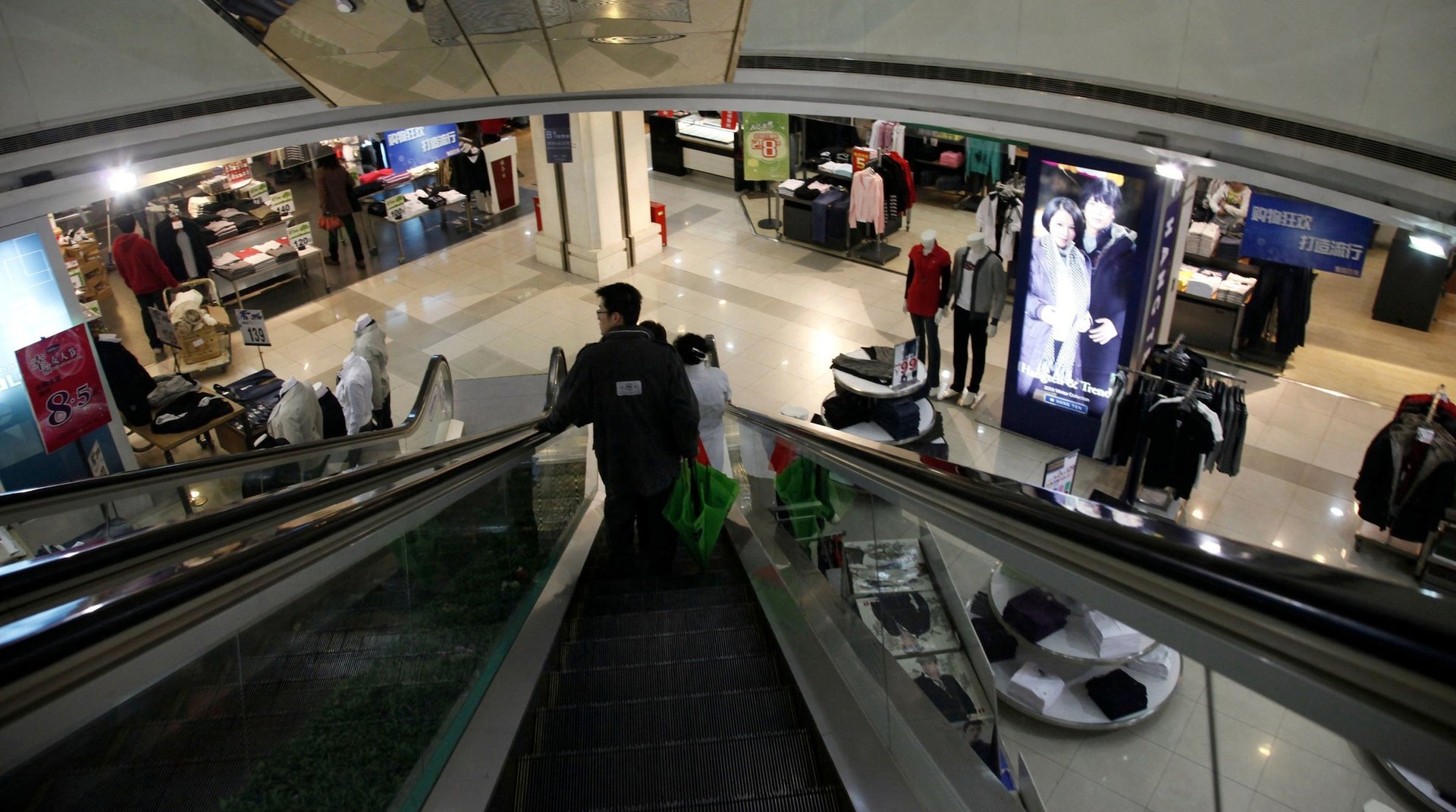Big profits at Chinese banks don’t mean they are healthy
China Construction Bank (CCB) is the first of China’s large state-owned lenders to report 2012 earnings, with net income up 14% (pdf p.2). Of course it doesn’t take much financial genius to make healthy profits when the Beijing government sets borrowing and lending rates and makes sure its majority-owned lenders earn money. But despite the rigged game, those earnings are under pressure.


China Construction Bank (CCB) is the first of China’s large state-owned lenders to report 2012 earnings, with net income up 14% (pdf p.2). Of course it doesn’t take much financial genius to make healthy profits when the Beijing government sets borrowing and lending rates and makes sure its majority-owned lenders earn money. But despite the rigged game, those earnings are under pressure.
For a start, Beijing may liberalize China’s interest regime. More importantly, China has very likely experienced a massive build-up in bad loans, and its lenders are probably under-reporting the extent of the problem. The nation has a surfeit of empty towns and deserted malls (video), and loans to non-viable projects cannot be paid back. So Chinese lenders have been rolling over (paywall) the debts local governments were due to repay at the end of last year. This allows them to avoid admitting to bad debts (paywall) and setting aside money to cover them, which would eat into their profits.
Resisting such a moment of reckoning is pointless. Investors have known for several years that it is coming. So until the banks reveal their bad loan losses, the uncertainty will weigh heavily on their share prices. CCB said in its annual results announcement that its bad debts are worth just 0.99% of total loans. But its shares are trading at an extremely modest 6.2 times forecast earnings, according to Bloomberg. That is not the typical multiple of a highly profitable company, and reflects the market’s skepticism about an industry that may not be able to keep generating outsize profits for much longer—even with considerable government assistance.